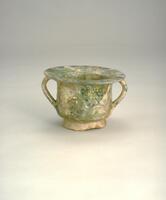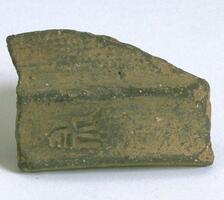345 UMMA Objects
345 UMMA Objects

Iranian (Iranian)
Star-shaped tile with molded floral design
1400 – 1599
Transfer from the College of Architecture and Design
1972/2.135
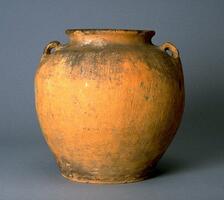
Chinese (Chinese (culture or style))
Jar
1046 BCE – 771 BCE
Gift of Mrs. Henry Jewett Greene for The Mr. and Mrs. Henry Jewett Greene Memorial Collection
1971/2.66
![This dish features a three part structural division; the boss is almost flat. Around the depressed area is a band of degenerate Gothic [or pseudo-Arabic] script. On the brim are solid lustre painted zig-zags, possibly a late version of gadroons. The empty areas of this pattern are filled with dots and floral motifs. The reverse has repeated circles only. This dish features a three part structural division; the boss is almost flat. Around the depressed area is a band of degenerate Gothic [or pseudo-Arabic] script. On the brim are solid lustre painted zig-zags, possibly a late version of gadroons. The empty areas of this pattern are filled with dots and floral motifs. The reverse has repeated circles only.](/media/W1siZiIsIjIwMjIvMDUvMjUvNHVtdXlvNGgwcF9kZWZhdWx0LmpwZyJdLFsicCIsInRodW1iIiwiMjQweDIwMCJdXQ?sha=4c312278c29b047b)
Moorish (Moorish)
Shallow Dish
16th century
Transfer from the College of Architecture and Design
1972/2.119

Chinese (Chinese (culture or style))
Central Asian Groom
618 – 906
Transfer from the College of Architecture and Design
1972/2.67
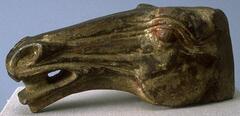
Chinese (Chinese (culture or style))
Horse Head
25 – 220
Museum purchase for the Paul Leroy Grigaut Memorial Collection
1969/2.84

Nicola da Urbino
Dish (Tondino) with portrait of a young woman and grotesque decoration
1526
Museum Purchase
1965/2.79
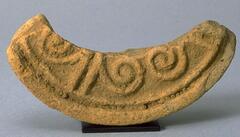
Chinese (Chinese (culture or style))
Roof Tile
2nd century
Gift of Dr. and Mrs. Peter Greiner
1979/2.7

Chinese (Chinese (culture or style))
Horse Head
25 – 220
Museum purchase for the James Marshall Plumer Memorial Collection
1964/2.79
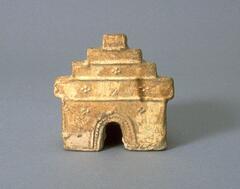
Chinese (Chinese (culture or style))
Stove and Kettle
600 – 632
Gift of the Friends of the Museum of Art and Helen B. Hall
1987/1.355
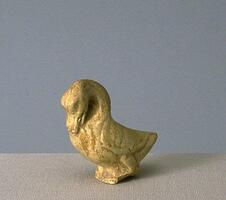
Chinese (Chinese (culture or style))
Duck
600 – 632
Gift of Willard A. and Marybelle Bouchard Hanna
1991/2.17
Loading…
